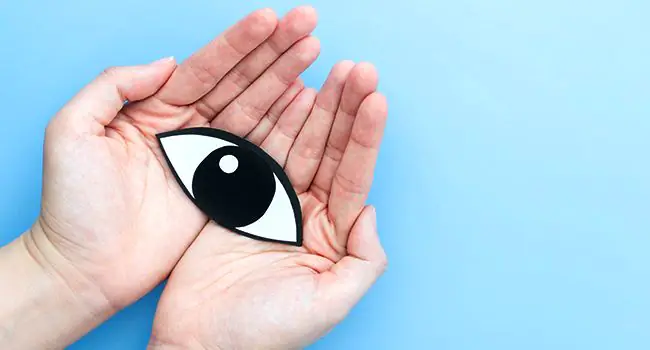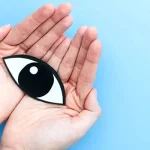According to the World Health Organization, almost 40 million people in India are blind or visually impaired, including 1.6 million children. In addition, 8.4 million people are expected to suffer corneal blindness, defined as vision less than 6/60 in at least one eye. Though India has the equipment and skills needed for corneal transplantation, fear and a lack of awareness are significant hurdles to eye donation to various potential eye donors.
Importance of Eye Donation
Two blind persons will gain vision and light from each pair of donated eyes, making their lives better. Eyes donated to the eye bank can also be used to help people with corneal blindness regain their sight. The other eye parts can be employed to form remedies for common eye illnesses for research and training purposes. Furthermore, it’s best to finish the procedure within 6-8 hours of death. The process, which takes about 15-20 minutes, will be performed by trained personnel.
What is an Eye Bank?
An eye bank is a government or non-government institution in charge of numerous activities related to eye donation. They collect, process, and preserve donated eyeballs and corneas that people voluntarily donate when they die. Surgeons use these eyeballs for corneal or eye transplants later. Eye banks are usually affiliated with a hospital or are independent non-profit organisations that facilitate eye donation, research, and education to make a difference in people’s lives. However, there is still a global shortage of donor eyes or corneas in the eye banks.
Facts About Eye Donation and Eye Banks
- Dr. Townley Paton and Dr. John MacLean founded the first Eye Bank in New York City in 1944. Since then, eye surgeons and citizen activists have worked tirelessly to raise awareness of eye donation in their communities, intending to reduce corneal blindness worldwide.
- Only after the donor’s death can eyes be donated.
- In corneal blind persons, only the outermost thin layer, known as the corneal layer, is employed to correct their blindness.
- Because eyes must be collected within 6-8 hours of a person’s death, it is critical to contact an eye bank in the area as soon as possible.
- The act of donating an eye is completely free. It is prohibited to sell or buy human organs, eyes, or tissues, penalised by law.
- People who receive donated eyes are chosen from a list maintained by Eye Banks.
Who Is Eligible For Eye Donation?
- Regardless of age, sex, or blood group, anyone can donate their eyes.
- Eyes with short-sightedness, long-sightedness, or astigmatism and those who have had cataract surgery are still eligible for donation because these eye issues do not affect the cornea.
- Diabetics, hypertension, and asthma are non-communicable conditions that allow someone to give their eyes.
- Eyes that are medically unsuitable for donation are used in medical research and studies.
Why Centre for Sight?
If you’re looking for an eye bank in Delhi, you’ve come to the right place. In India, Centre for Sight Eye Bank is a state-of-the-art hospital with highly skilled surgeons. CFS promotes eye donations by encouraging a shift in society’s thinking, intending to bring light into the lives of those who are blind. The Centre for Sight eye hospitals has modern surgical and diagnostic technology and best-in-class equipment for the most effective eye transplants.
Article: Eye Donation and Eye Bank: Crucial Things To Know?
Author: CFS Editorial Team | Jan 07 2022 | UPDATED 02:00 IST
*The views expressed here are solely those of the author in his private capacity and do not in any way represent the views of Centre for Sight.





